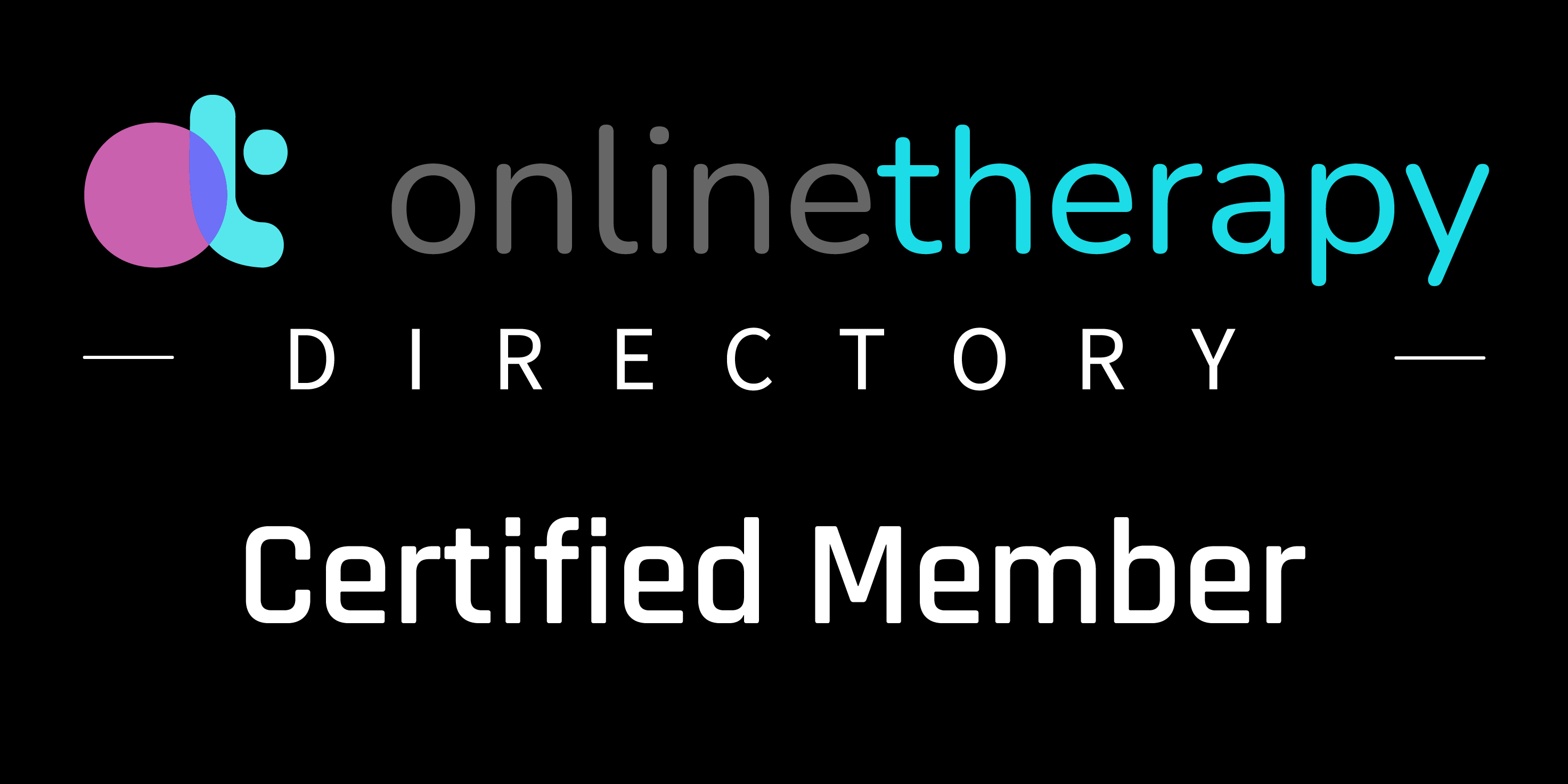More than just therapy, it’s a place to grow.
We acknowledge we are on Treaty 6 Territory and the Homeland of the Métis. We pay our respect to the First Nations and Métis ancestors of this place and reaffirm our relationship with one another.
Contact
- Box 116, La Ronge, SK, S0J 1L0
- (306) 518-8701
- (306) 900-6700 (Fax Only)
- Use Contact Form
- STG ADHD Services
- STG Autism Services
- DBT Saskatchewan
- SaskSleep
- STG Learning Hub
Copyright 2025 STG Health Services Inc.



